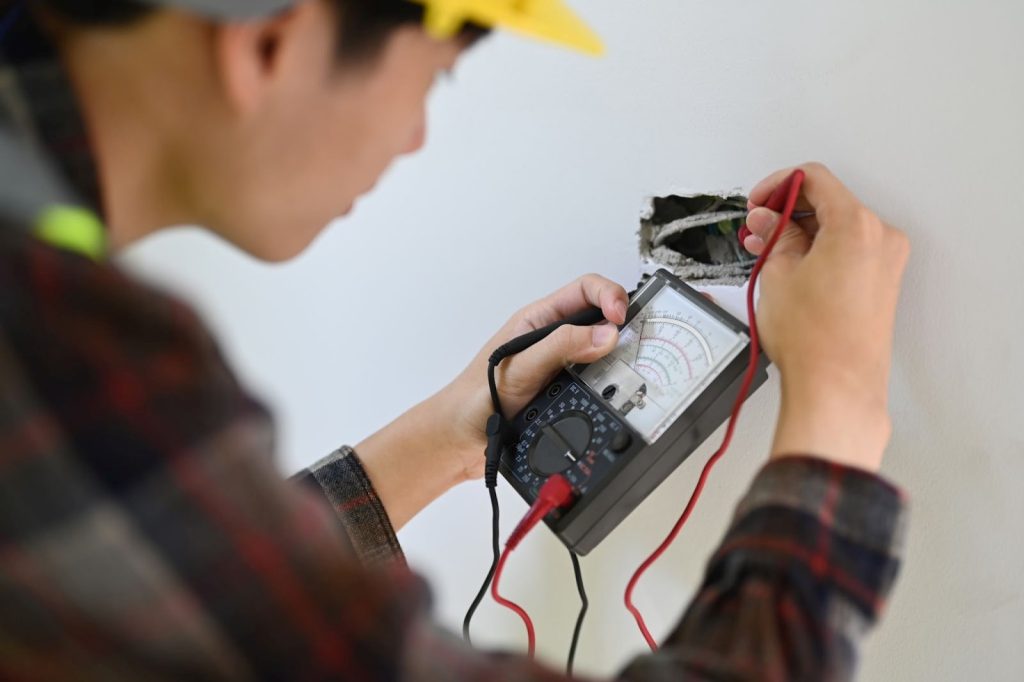Dental unit waterlines are the main supply centre for power, whether that be electrical, air or water-based, and they are integral for the functioning of different dental treatments. Usually, for dental treatments, there is a mixture of high air pressure and water which mix to help with dental treatments. However, when these two things combine, there is an increased risk of Legionella.
It is therefore important to stay on top of the hygiene of these dental unit waterlines, especially in dental health-care settings, where patients can get sick if not properly taken care of. It is the responsibility of the dental practitioner to ensure there is no bacterial contamination in the dental waterlines. To help you understand the ins and outs of managing dental unit waterlines, we created this in-depth guide to mitigate Legionella risk.
Why should you flush water through dental unit waterlines between patients?
It is important to flush water through dental unit waterlines between patients to ensure there is no microbial contamination between patients. Each new patient brings with them a new set of different bacteria which could linger in the dental unit water lines. Neglected dental waterlines quickly become vectors of bacteria.
Research has shown that simply flushing water for 30 seconds significantly reduces the contamination of output water, meaning that no bad bacteria are passed on between patient to patient. This improves the overall cleanliness of the output water and ensures regular cleaning of the water lines which in turn reduces the risk of Legionnaires’ disease.
What is Legionnaires’ disease?
How long should you flush the dental waterlines?
You should flush dental waterlines for a minimum of 30 seconds but flushing them for longer will achieve better results as they will get cleaned more thoroughly. As a general rule of thumb, you should flush the dental waterlines for 30 seconds when flushing between patients.
You should also flush your dental waterlines at the beginning and the end of the day. The recommended amount of time for flushing the dental water lines should be anywhere between two to four minutes to ensure that the new water coming out is sterile water which gets rid of bacteria that might have accumulated over the day.
How often should dental unit waterlines be monitored?
You should constantly monitor your dental unit waterlines’ quality and keep records to ensure that there is proof that the dental unit is sanitary. Carrying out regular risk assessments is necessary, especially if you have more than five employees.
When exactly you should monitor dental unit waterlines is debated amongst healthcare professionals, but it is widely considered that you shouldn’t do any additional monitoring if you have no reason to believe there might be a problem or contamination. For example, if you smell an odour or patients report a bad taste, you should monitor your water lines.
How often should water systems be checked for Legionella?
How can you prevent bacterial contamination of dental unit waterlines?
One of the most efficient ways to prevent bacterial contamination of dental unit waterlines is to keep a record of all cleaning and any changes in the water lines. Carrying out regular risk assessments will ensure that you immediately recognise any possible contamination or problems that might arise.
It is also important to try and prevent any kind of backflow as it causes the contaminated water to remain in the pipes. When you have a system that prevents backflow, it means that you do not have any of the bacteria from patients retreating into the water lines. This maintains a high standard of dental unit water quality.
Management strategies for dental unit waterlines
Review dental unit manufacturer guide
When you buy a dental unit, the dental unit manufacturer provides you with a comprehensive guide that talks you through the best way to look after your unit. The decontamination measures for each dental unit differ slightly so it is important to understand the specific needs of your dental unit.
Flush water lines
As we have already highlighted, it is essential to flush your water lines due to the intermittent use of the lines, which requires intermittent treatment. As they are not used constantly, in the period between patients, the water becomes stagnant which is the main cause of Legionella.
Waterline testing
Although waterline testing is not necessary all the time, it is necessary if you detect any kind of problem. Just as risk assessment reports need to be recorded when foul odours or bad tastes are reported, this is also the time when you need to carry out your waterline testing as these are signs that there is a problem.
If your testing reveals that there is some form of contamination, you will need to treat the water to ensure that the water lines are safe to use. Once the water treatment has been administered, it is advisable to test the lines again to ensure the problem has been adequately dealt with.
Regular assessment checks
A foolproof way to keep on top of water safety and hygiene in dental unit waterlines is to carry out regular assessment checks. Whilst dentists and dental hygienists do what they can to prevent the risk of Legionella, they are not water hygiene specialists and do not know what to look for when carrying out risk assessments. If you want a comprehensive risk assessment to be carried out, you need a professional to do so.
A professional will inspect all water sources for their temperature and bacteria, which will indicate the presence of Legionella. The opinion and help of a professional at regular intervals is the only way to ensure that your water lines are safe for service.
Book a professional Legionella assessment
Legionella risk assessment services
The best way to maintain safe and healthy water hygiene in your dental practice is to hire professional water hygienists who can identify all possible issues with your dental unit water lines. It is important to ensure that your water is free from any harmful bacteria or contaminants as it will affect the health and well-being of your patients.
We offer a comprehensive assessment of all of your water systems to ensure that your entire practice is hygienic. In addition to checking all water sources and identifying if there are any harmful bacteria in your water, we also help you maintain a healthy waterline system to prevent any future problems that might occur. In addition to carrying out the assessment, we provide you with full documentation and evidence of our findings to allow you to prove your abidance by all rules and regulations concerning water hygiene.


